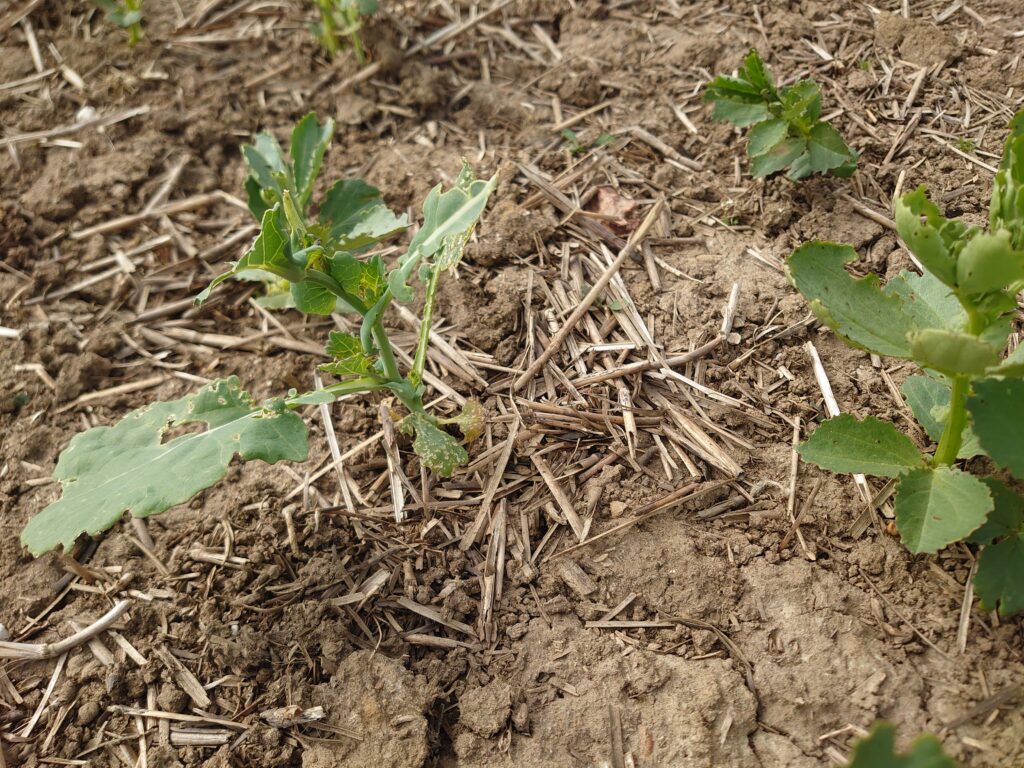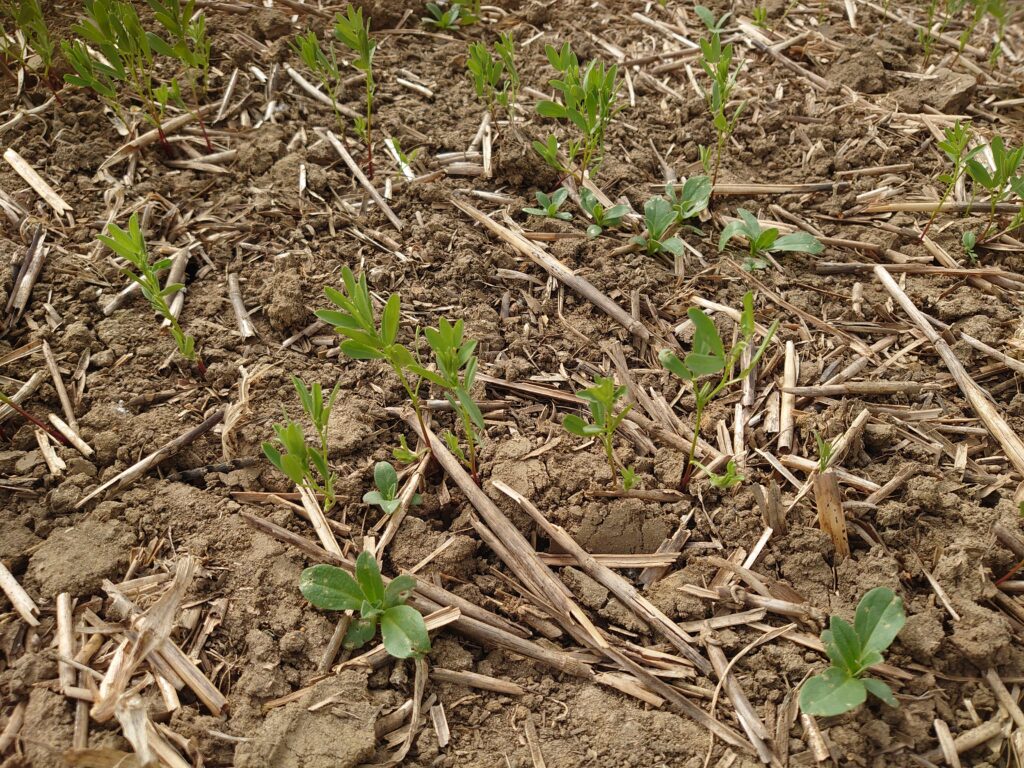As I sit here on the last day of May writing this article it is blowing a gale outside and has been for quite a long time now. Our soils have gone from drenched at the beginning of May to having the life sucked out of them at the end of the month. It really has been a difficult few months. Watching crops struggle in wet places to not being able to plant our spring crops until very late. If you had asked me at the beginning of March, I would have told you the farm looks fantastic, now it doesn’t!! Through these hard times we need to learn lessons and I will share mine.
On our heavy clay we need to do a lot of mole ploughing. The areas that have been moled twice and so the moles are only 1.5m apart looks great. Areas where it has only moled once to 3m width apart the crop looks wavy, good over the mole and poor in between. The areas that haven’t had any moling and were due to be done last autumn but weren’t as too dry, look poor. I’m hoping for some moisture this autumn as we have a lot of mole ploughing to do!!
We have also seen BYDV show up in some of our wheat. In the last 6 years since we stopped spraying insecticides, we have seen virtually none. There does seem to be a correlation between wet areas, spring SU usage and the variety Crusoe. I think the plant health has been compromised in these areas making them vulnerable to attack, mix that with high aphid pressure for months and the result isn’t good. There are people who have sprayed insecticides locally twice, once in the autumn and once in the spring and still have BYDV so not sure there was much I could do about it. A certain amount I think is spring infection as it has only tipped the flag leaves, also I have found wild oats, meadow brome and even blackgrass with BYDV and these wouldn’t have been there in the autumn.

Less of my mistakes and woes and onto some positive aspects of this year (I’ll try). By the end of tomorrow I will have finished spot spraying Blackgrass in my wheat and grass seed. For me this is vital to allow me to keep growing crops like second wheats and herbage seed. Hearing lots of horror stories of a black grass mess across the country so at least we aren’t too bad, and our seed return will be low.
My middle of May drilled Linseed (with oat companion) and our Lentil/Camelina intercrop are looking well. We have a strip of Chickpeas in our linseed to try again for Hodmedods. There seems to be demand and a good price for them which is unusual for this year! They will soon start to suffer though with this constant wind. The Spring OSR/ bean intercrop has been a struggle. It was planted on Easter Sunday and didn’t have the easiest month to start growing. Hopefully will get away now.

Fingers crossed by my next article my mood may have improved and we have started a new season with some enthusiasm. It was worrying to see Clive’s poll on Twitter where 60% of respondents would think or are thinking of quitting farming. Even though I don’t feel that despondent I do understand the frustration. There seems a perfect storm of falling markets, high input costs, disappearing subsidies and government/public disdain of farming. Those issues are frustrating but the one that annoys me the most is the weather; we don’t seem to be able to go a season without a major issue. Last year was 40 degrees during flowering of the spring crops, this year seems to be months of wet followed by very drying weather. I am trying to make our system resilient, but it is very difficult in these extremes. I guess I should be thankful that I’m not a fruit, vegetable, or pig farmer this year, there is always someone else worse off!!
Look forward to seeing you all at Groundswell, I will be there for the 2 days wandering around and on the Groundswell Agronomy stand.


